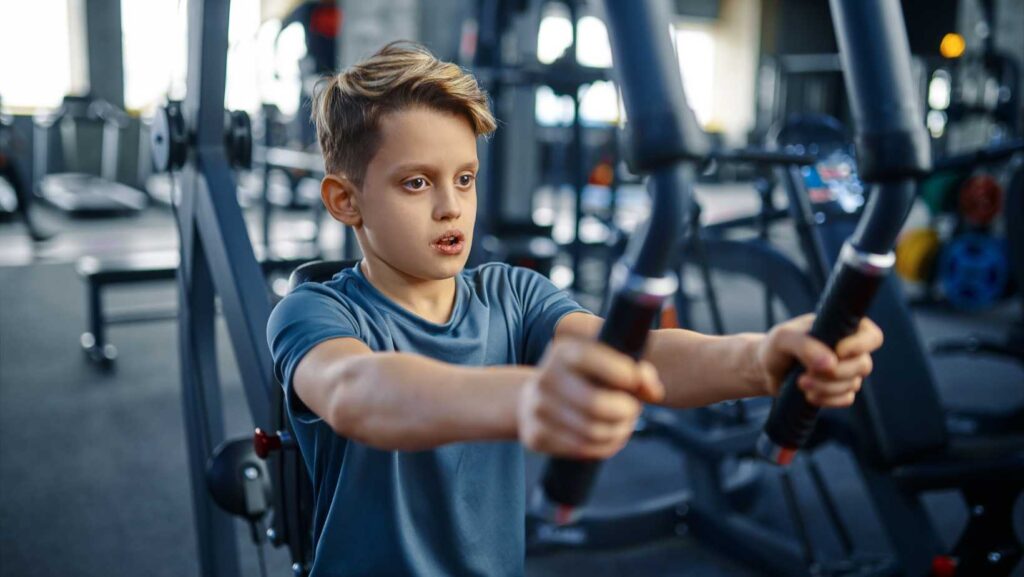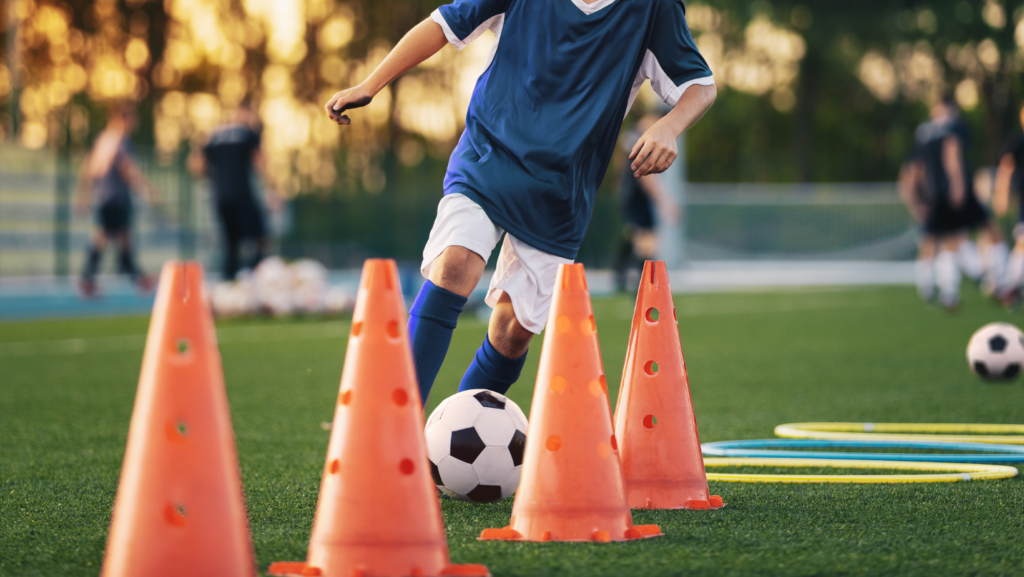In today’s fast-paced world, youth fitness training is more crucial than ever. With screen time on the rise and physical activity on the decline, it’s essential to guide young individuals toward a healthier lifestyle. Engaging in regular fitness activities not only boosts physical health but also enhances mental well-being, helping kids develop confidence and resilience.
Youth fitness training isn’t just about building muscles or improving athletic performance. It’s a holistic approach that fosters a lifelong appreciation for health and wellness. By introducing fun and varied exercises, trainers can keep young participants motivated and eager to learn. This foundation sets the stage for a balanced lifestyle, empowering them to tackle life’s challenges with vigor and enthusiasm.
Youth Fitness Training

Youth fitness training involves structured physical activities tailored to the developmental needs of children and adolescents. Unlike adult fitness regimes, these programs emphasize safety, enjoyment, and skill development over intensity and competition. Qualified instructors create dynamic routines that incorporate age-appropriate exercises to build strength, flexibility, and coordination.
Targeted fitness training helps in muscle development, particularly through activities such as running, jumping, and climbing. These exercises encourage motor skills and muscular endurance. Cardiorespiratory fitness benefits from aerobic exercises like swimming, cycling, or dancing, enhancing heart and lung health.
Benefits of Fitness Training for Youth
Youth fitness training encompasses various benefits, contributing to a well-rounded development beyond physical strength. Enhancing both mental and social skills, fitness activities play a crucial role in a young person’s holistic growth.
Physical Health Benefits
Fitness training strengthens cardiovascular health by engaging children in regular physical activities, improving heart and lung efficiency. Increased muscle strength and flexibility arise from exercises like squats and stretches. Maintaining a healthy weight reduces risks of obesity; youth benefit from balanced routines crafted by coaches. Improved bone density in adolescents results from resistance exercises, decreasing the risk of fractures. Coordination and balance enhance through activities such as yoga and agility drills.
Mental Health Improvements

Regular fitness training elevates mood by releasing endorphins, which reduce symptoms of anxiety and depression. Enhanced self-esteem develops as children achieve fitness milestones, fostering confidence. Concentration improvement is noted as exercise boosts cognitive function and focus. Stress reduction arises from physical activity serving as an outlet for tension. The establishment of a positive attitude towards challenges occurs as youth learn resilience through fitness tasks.
Social Development
Group fitness settings encourage teamwork and cooperation, as children engage in activities like sports and games. Communication skills improve as participants interact, discuss, and strategize together. Friendships form as shared interests in fitness unite peers. Respect for peers is cultivated as children learn to appreciate diverse abilities in team settings. Leadership skills emerge as youth take on roles and guide peers in collaborative exercises.
Designing an Effective Youth Fitness Program
Creating a youth fitness program requires careful planning and consideration. By focusing on age-appropriate activities, realistic goals, and safety, fitness programs can be both effective and enjoyable for young participants.
Age-Appropriate Activities

Incorporating age-appropriate activities is crucial for an effective youth fitness program. Children benefit from engaging in a variety of exercises that match their developmental stages. For young children (ages 5-7), activities should center around fun and play, like tag games and simple ball sports, to spark interest in physical activity. For older children (ages 8-12), slightly more structured activities such as basic gymnastic exercises or team sports can promote skill development. Adolescents (ages 13-18) can partake in structured workouts including strength and conditioning, with a focus on proper form and technique.
Setting Realistic Goals
Establishing realistic goals helps maintain motivation and track progress. Goals should align with each child’s age, abilities, and interests. For example, young children might aim to participate in physical activity for at least 60 minutes a day. Older children and adolescents can set specific fitness goals, like improving endurance in a specific sport or mastering a new skill. By setting achievable milestones, children experience a sense of accomplishment, which encourages continued participation in fitness activities.



